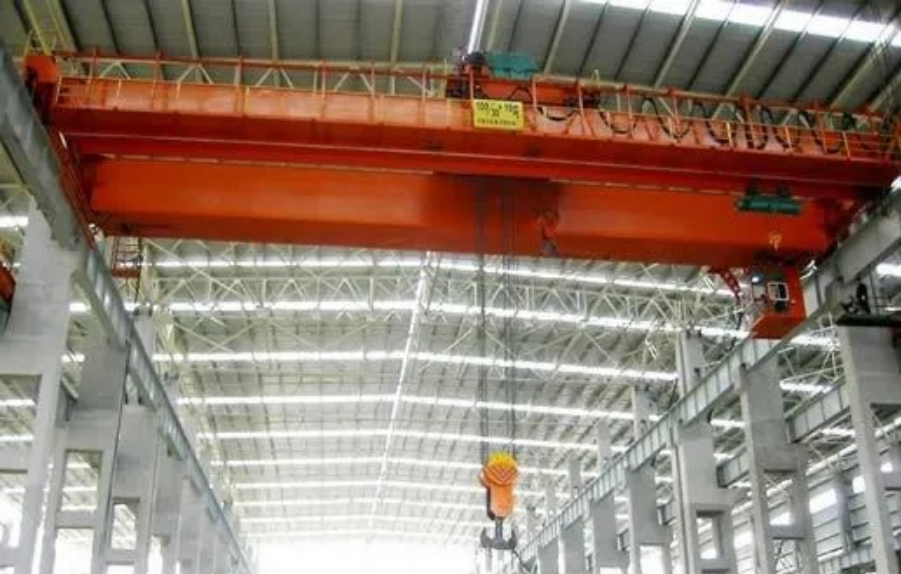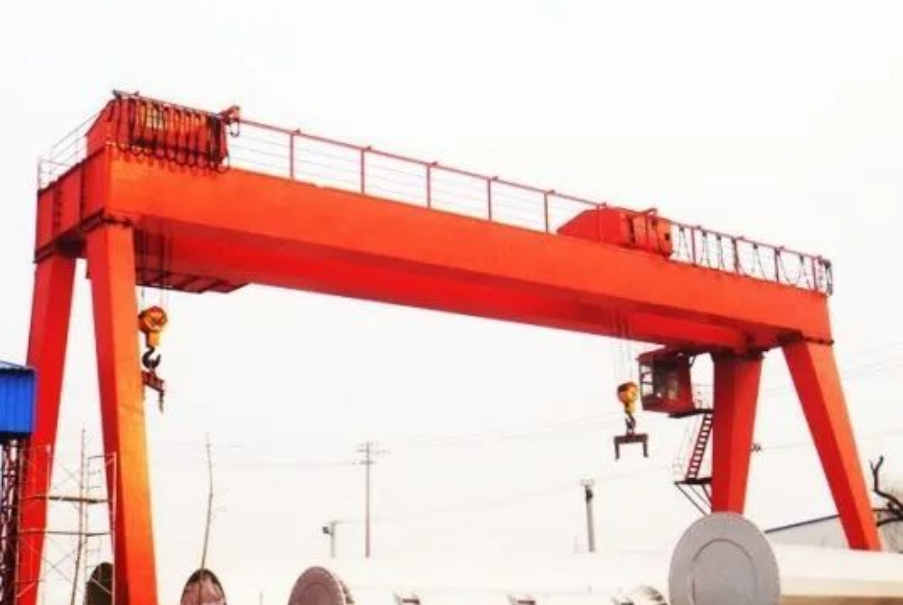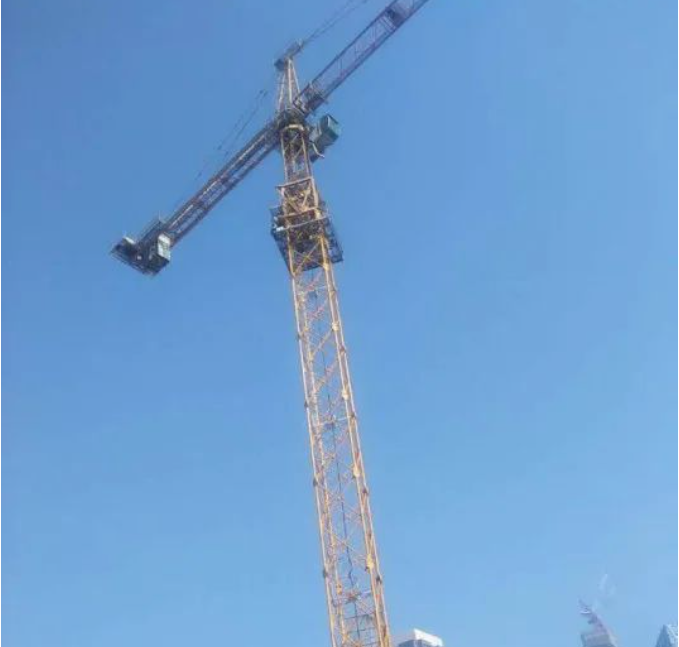What are the lifting machinery?
According to the "Catalogue of Special Equipment" issued by the General Administration of Quality Supervision, Inspection and Quarantine, lifting machinery is divided into: bridge cranes, gantry cranes, tower cranes, mobile cranes, portal cranes, lifts, cable cranes, mast cranes, etc.
Overhead cranes are lifting equipment that are horizontally mounted above workshops, warehouses and material yards to lift materials. Because its two ends are located on tall concrete columns or metal brackets, it looks like a bridge. The bridge of the bridge crane runs longitudinally along the tracks laid on the elevated platforms on both sides, and can make full use of the space under the bridge to lift materials without being hindered by ground equipment. It is the most widely used and largest type of lifting machinery.

Portal crane is a kind of deformation of bridge crane, also called gantry crane. It is mainly used for loading and unloading of outdoor cargo yard, material yard cargo and bulk cargo. Gantry crane has the characteristics of high site utilization, large operating range, wide adaptability and strong versatility, and is widely used in port cargo yards.

Tower crane is also called tower crane, which originated in Western Europe. It is a rotating crane with a boom mounted on the top of a tall tower. It has a large working space and is mainly used for vertical and horizontal transportation of materials and installation of building components in house construction. It consists of three parts: metal structure, working mechanism and electrical system. The metal structure includes the tower body, boom and base. The working mechanism has four parts: lifting, luffing, rotation and travel. The electrical system includes motors, controllers, distribution cabinets, connecting lines, signals and lighting devices, etc.

Mobile cranes mainly include crawler cranes, tire cranes, all-terrain cranes, and truck cranes. Features: wide range of applications, good mobility, and can be easily moved to other locations, but with high requirements for roads and sites, and high shift costs. Scope of application: suitable for the lifting of large and medium-sized equipment and components with large single-piece weights, with a short operation cycle.
A gantry crane is a jib crane whose bridge is supported on ground tracks or foundations by legs on both sides. It runs along ground tracks and railway vehicles or other ground vehicles can pass below. A gantry crane with a rotatable lifting device installed on a gantry frame. The four legs of the gantry frame form four "doorways" for railway vehicles and other vehicles to pass through. Most gantry cranes run along crane tracks on the ground or on buildings to perform lifting and loading and unloading operations.
Cable cranes are also called cable pulleys. They are cranes that run along overhead load-bearing cables with a lifting trolley equipped with a lifting device. They are often used in situations where other lifting methods are inconvenient or uneconomical, and where the weight is not large, and the span and height are large, such as bridge construction and TV tower top equipment lifting. Cable cranes have the characteristics of large lifting height, large lifting operation span, and wide operating range. Under certain conditions, they can play a role that other lifting machinery cannot play. Therefore, cable cranes are widely used in hydropower station construction, highway and railway bridge construction, forest harvesting, mining, stockyard loading and unloading, underwater dredging, port handling, and aqueduct erection. The selection plan of cable cranes of different forms and tonnages is determined according to the actual situation of the construction site.
Mast crane is a type of crane used for lifting and installation that is simple, inconvenient to move, and requires a lot of guy ropes to maintain stability. It is simple to make, easy to assemble and disassemble, and can be used in relatively narrow conditions; the lifting capacity can be large or small, and the largest can reach more than 100kN, and can hoist special structures and major structures that are difficult to hoist with other lifting machinery. It has a small working radius and is inconvenient to move, so it is suitable for projects with a relatively concentrated lifting workload.

